-
 Bitcoin
Bitcoin $107,467.9126
1.26% -
 Ethereum
Ethereum $2,447.5288
-0.12% -
 Tether USDt
Tether USDt $1.0005
0.00% -
 XRP
XRP $2.1921
0.13% -
 BNB
BNB $647.2897
0.50% -
 Solana
Solana $144.8627
-0.37% -
 USDC
USDC $0.9996
-0.03% -
 TRON
TRON $0.2732
0.10% -
 Dogecoin
Dogecoin $0.1652
-0.18% -
 Cardano
Cardano $0.5700
-2.87% -
 Hyperliquid
Hyperliquid $37.0274
-1.81% -
 Bitcoin Cash
Bitcoin Cash $484.6957
0.19% -
 Sui
Sui $2.7354
-2.19% -
 Chainlink
Chainlink $13.1727
-1.49% -
 UNUS SED LEO
UNUS SED LEO $8.9978
-0.04% -
 Stellar
Stellar $0.2421
-2.33% -
 Avalanche
Avalanche $17.5633
-3.51% -
 Toncoin
Toncoin $2.8476
-1.94% -
 Shiba Inu
Shiba Inu $0.0...01166
-0.56% -
 Litecoin
Litecoin $85.1071
0.09% -
 Hedera
Hedera $0.1502
-2.96% -
 Monero
Monero $310.2774
-1.64% -
 Dai
Dai $0.9999
-0.01% -
 Polkadot
Polkadot $3.3584
-1.88% -
 Ethena USDe
Ethena USDe $1.0003
-0.04% -
 Bitget Token
Bitget Token $4.4443
2.90% -
 Pi
Pi $0.6242
14.04% -
 Uniswap
Uniswap $6.9774
-2.86% -
 Pepe
Pepe $0.0...09535
-5.05% -
 Aave
Aave $256.7574
-3.35%
How much does it mean that a large positive line at a low level breaks through the 30-day moving average?
A large positive candle breaking above the 30-day MA on high volume often signals a potential bullish reversal, especially after a downtrend.
Jun 25, 2025 at 11:07 pm
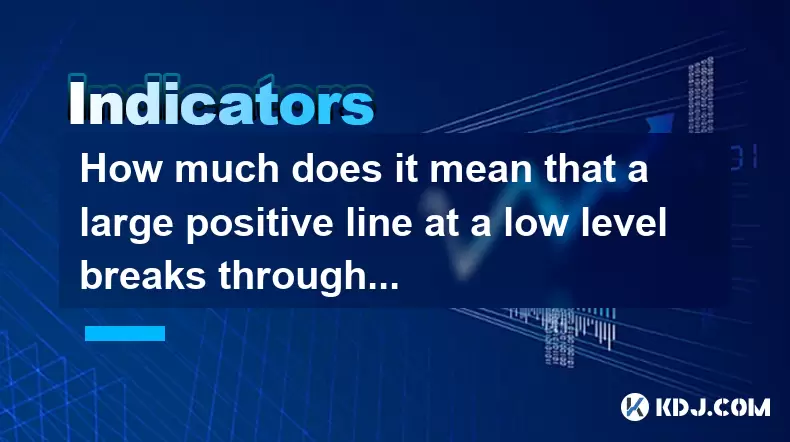
Understanding the Significance of a Large Positive Line at a Low Level
A large positive line in candlestick charting typically refers to a long green (or white) candle that indicates strong buying pressure. When this type of candle appears at a low level, it suggests that the asset may be near or has reached an oversold condition, and buyers are stepping in aggressively.
The appearance of such a candle can signal a potential reversal of a downtrend, especially if it occurs after a prolonged period of declining prices. This is particularly meaningful when the large positive candle also coincides with a breakthrough of the 30-day moving average (MA).
What Is the 30-Day Moving Average?
The 30-day moving average is a commonly used technical indicator that smooths out price data by calculating the average closing price over the last 30 trading days. It helps traders identify trends and filter out short-term volatility.
When prices have been consistently below this average for a period, it usually reflects a bearish trend. A sudden breakthrough above the 30-day MA following a significant drop can indicate that momentum is shifting from sellers to buyers.
Why Does Breaking Through the 30-Day MA Matter?
Breaking through the 30-day moving average after a downtrend is considered a bullish signal by many traders. It implies that the recent selling pressure is weakening and that buyers are starting to take control.
This breakout becomes even more significant when accompanied by a large positive candle, as it shows conviction behind the move. Traders often use this combination to spot early entries into long positions, especially if other indicators like volume and RSI support the reversal.
How to Interpret Volume During This Breakthrough?
Volume plays a critical role in confirming the validity of any breakout. A large positive line breaking through the 30-day MA should ideally be supported by a noticeable increase in trading volume. Higher-than-average volume confirms that the move isn't just a random fluctuation but rather a legitimate shift in market sentiment.
- High volume during the breakout suggests strong participation from institutional or retail investors.
- Low volume could mean the rally lacks real conviction and may not sustain itself.
Traders often use tools like the On-Balance Volume (OBV) or Volume Weighted Average Price (VWAP) to further validate the strength of the breakout.
How to Use This Signal in Cryptocurrency Trading?
In the volatile world of cryptocurrency trading, technical signals like a large bullish candle breaking above the 30-day MA can provide actionable insights. Here's how you can incorporate this pattern into your strategy:
- Identify a cryptocurrency that has been in a downtrend and recently formed a long green candle.
- Confirm whether the candle closed above the 30-day MA.
- Check the volume profile to ensure there was sufficient interest behind the move.
- Look for additional confirmation from other indicators such as RSI, MACD, or Bollinger Bands.
- Consider entering a long position with a stop-loss placed just below the low of the large candle or the previous swing low.
This approach works best on higher timeframes like the 4-hour or daily charts, where false signals are less frequent.
Common Mistakes to Avoid When Using This Signal
While this setup offers promising opportunities, several pitfalls can lead to incorrect interpretations:
- Ignoring broader market conditions: Even if a coin breaks above its 30-day MA, a negative macro environment for cryptocurrencies can cause the rally to fizzle.
- Failing to check volume: As previously mentioned, volume is key. Without it, the breakout may lack sustainability.
- Relying solely on one indicator: No single signal should be used in isolation. Always cross-check with other tools and strategies.
- Entering trades too quickly: Patience is essential. Wait for confirmation that the price holds above the 30-day MA for at least a couple of candles before committing capital.
Avoiding these mistakes can significantly improve your chances of success when using this technical pattern.
Real-Life Examples in Crypto Markets
Let’s consider a hypothetical example involving Bitcoin (BTC):
Suppose BTC has been in a downtrend for two weeks, consistently trading below its 30-day MA. Suddenly, a large green candle forms, engulfing the previous red candles. The close of this candle is clearly above the 30-day MA, and volume spikes dramatically compared to the prior week’s average.
This scenario would suggest that institutional or whale investors might be accumulating BTC, signaling a potential bottom. Traders watching this pattern might begin to build long positions or cover shorts based on this development.
Another example could involve Ethereum (ETH) after a sharp correction post a major upgrade. If ETH forms a large bullish candle while breaking above its 30-day MA, it could indicate renewed confidence among investors.
Frequently Asked Questions
Q: Can this pattern appear on all timeframes?
Yes, the large positive candle breaking above the 30-day MA can appear on various timeframes. However, it is more reliable on higher timeframes like the daily or weekly charts due to reduced noise and increased significance of volume.
Q: What if the candle only briefly breaks above the 30-day MA and then retreats?
That would be considered a false breakout. In such cases, it's important to wait for a retest or confirmation that the price remains above the 30-day MA before considering it a valid signal.
Q: Should I use the 30-day MA alone to make trading decisions?
No, the 30-day MA should be part of a broader analysis. Combine it with other tools like RSI, MACD, and volume indicators to increase the probability of successful trades.
Q: How does this signal differ in traditional markets versus crypto?
In traditional markets, moving averages tend to be more stable due to lower volatility. In crypto, due to high volatility and thin order books, breakouts can be more dramatic but also prone to manipulation. Therefore, extra caution and confirmation are needed in the crypto space.
Disclaimer:info@kdj.com
The information provided is not trading advice. kdj.com does not assume any responsibility for any investments made based on the information provided in this article. Cryptocurrencies are highly volatile and it is highly recommended that you invest with caution after thorough research!
If you believe that the content used on this website infringes your copyright, please contact us immediately (info@kdj.com) and we will delete it promptly.
- Missiles, Iran, and Crypto Presales: Navigating a Complex Landscape
- 2025-06-26 16:05:12
- Bitcoin Stagnation & Cooling Metrics: What's Next for BTC?
- 2025-06-26 14:51:53
- XRP, UAE, and Crypto Payments: A New Yorker's Take on Taxis and Tokenization
- 2025-06-26 16:05:12
- Ruvi AI: The Utility Token Poised to Eclipse Ripple's Legacy?
- 2025-06-26 16:10:14
- Pi Holders, Selling Early, and Pump Timing: What's the Deal?
- 2025-06-26 14:30:13
- Coinbase, Wrapped Tokens, Cardano & Litecoin: A New Era for DeFi?
- 2025-06-26 15:12:18
Related knowledge
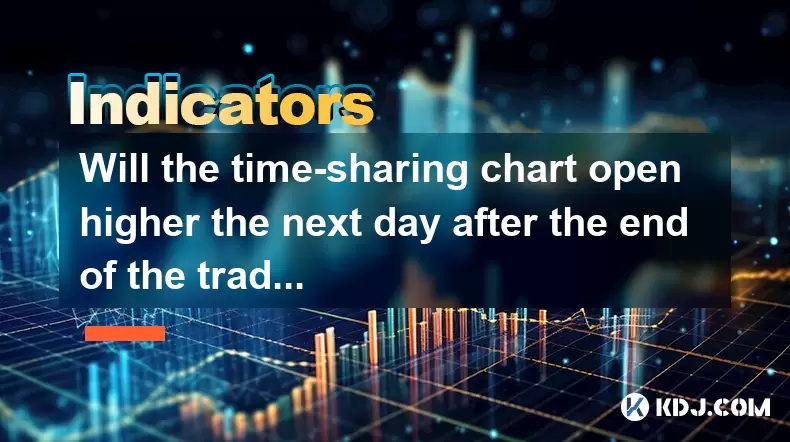
Will the time-sharing chart open higher the next day after the end of the trading?
Jun 26,2025 at 04:35pm
Understanding Time-Sharing Charts in Cryptocurrency TradingIn the realm of cryptocurrency trading, time-sharing charts, often referred to as tick or intraday charts, play a crucial role in analyzing short-term price movements. These charts display price fluctuations over very small time intervals, such as 1 minute, 5 minutes, or 15 minutes. Traders rely...
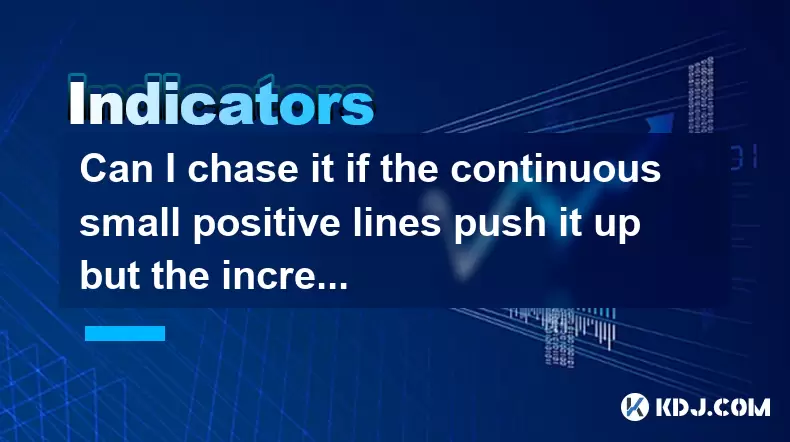
Can I chase it if the continuous small positive lines push it up but the increase is limited?
Jun 26,2025 at 03:42pm
Understanding the Concept of Continuous Small Positive LinesIn the realm of cryptocurrency trading, continuous small positive lines refer to a pattern where an asset's price consistently rises in small increments over a period. These movements are typically observed on candlestick charts and can indicate underlying strength or accumulation by larger pla...
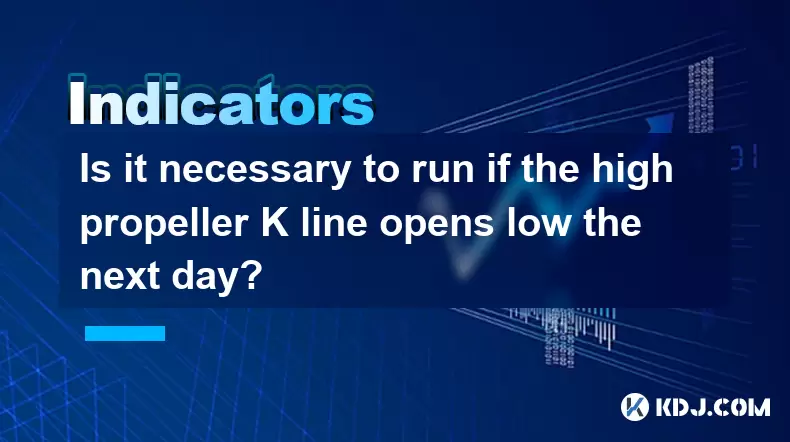
Is it necessary to run if the high propeller K line opens low the next day?
Jun 26,2025 at 01:42pm
Understanding the High Propeller K LineA high propeller K line is a candlestick pattern that typically indicates indecision in the market. It features a small real body with long upper and lower shadows, suggesting that both buyers and sellers are active. This pattern often appears during periods of volatility and can signal potential reversals or conti...

Is it a reversal confirmation if the long lower shadow line at a low position opens high the next day?
Jun 26,2025 at 03:08pm
Understanding Candlestick Patterns in Cryptocurrency TradingIn the world of cryptocurrency trading, candlestick patterns are widely used by traders to analyze market sentiment and predict future price movements. These visual representations provide insights into buying and selling pressures at specific price points. One such pattern that often catches t...
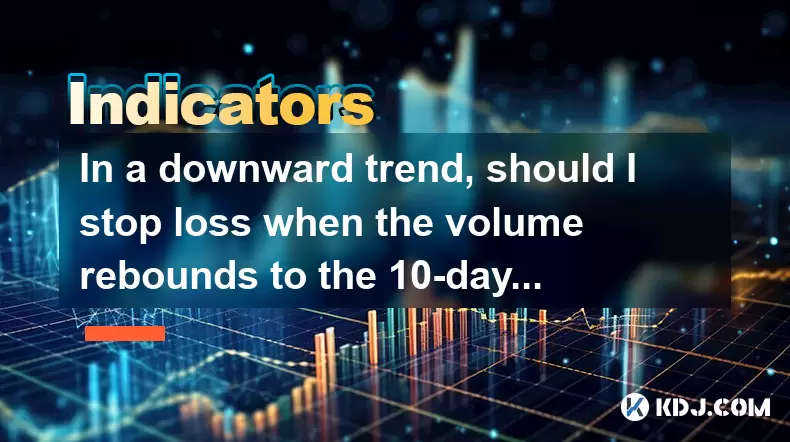
In a downward trend, should I stop loss when the volume rebounds to the 10-day line?
Jun 26,2025 at 11:43am
Understanding the 10-Day Volume Line in a Downward TrendIn cryptocurrency trading, volume is one of the most critical indicators for confirming price movements. The 10-day volume line refers to the average volume over the last 10 days and serves as a benchmark for traders to assess whether current volume levels are unusually high or low. When prices are...
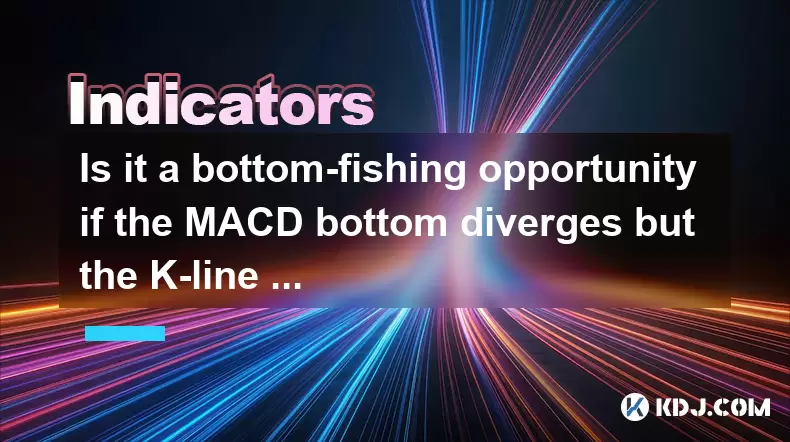
Is it a bottom-fishing opportunity if the MACD bottom diverges but the K-line is still falling?
Jun 26,2025 at 12:35pm
Understanding MACD Bottom Divergence in Cryptocurrency TradingIn cryptocurrency trading, MACD (Moving Average Convergence Divergence) bottom divergence is a technical signal that often suggests a potential reversal from a downtrend to an uptrend. This occurs when the price continues to make lower lows, but the MACD indicator forms higher lows. This disc...

Will the time-sharing chart open higher the next day after the end of the trading?
Jun 26,2025 at 04:35pm
Understanding Time-Sharing Charts in Cryptocurrency TradingIn the realm of cryptocurrency trading, time-sharing charts, often referred to as tick or intraday charts, play a crucial role in analyzing short-term price movements. These charts display price fluctuations over very small time intervals, such as 1 minute, 5 minutes, or 15 minutes. Traders rely...

Can I chase it if the continuous small positive lines push it up but the increase is limited?
Jun 26,2025 at 03:42pm
Understanding the Concept of Continuous Small Positive LinesIn the realm of cryptocurrency trading, continuous small positive lines refer to a pattern where an asset's price consistently rises in small increments over a period. These movements are typically observed on candlestick charts and can indicate underlying strength or accumulation by larger pla...

Is it necessary to run if the high propeller K line opens low the next day?
Jun 26,2025 at 01:42pm
Understanding the High Propeller K LineA high propeller K line is a candlestick pattern that typically indicates indecision in the market. It features a small real body with long upper and lower shadows, suggesting that both buyers and sellers are active. This pattern often appears during periods of volatility and can signal potential reversals or conti...

Is it a reversal confirmation if the long lower shadow line at a low position opens high the next day?
Jun 26,2025 at 03:08pm
Understanding Candlestick Patterns in Cryptocurrency TradingIn the world of cryptocurrency trading, candlestick patterns are widely used by traders to analyze market sentiment and predict future price movements. These visual representations provide insights into buying and selling pressures at specific price points. One such pattern that often catches t...

In a downward trend, should I stop loss when the volume rebounds to the 10-day line?
Jun 26,2025 at 11:43am
Understanding the 10-Day Volume Line in a Downward TrendIn cryptocurrency trading, volume is one of the most critical indicators for confirming price movements. The 10-day volume line refers to the average volume over the last 10 days and serves as a benchmark for traders to assess whether current volume levels are unusually high or low. When prices are...

Is it a bottom-fishing opportunity if the MACD bottom diverges but the K-line is still falling?
Jun 26,2025 at 12:35pm
Understanding MACD Bottom Divergence in Cryptocurrency TradingIn cryptocurrency trading, MACD (Moving Average Convergence Divergence) bottom divergence is a technical signal that often suggests a potential reversal from a downtrend to an uptrend. This occurs when the price continues to make lower lows, but the MACD indicator forms higher lows. This disc...
See all articles
























































































